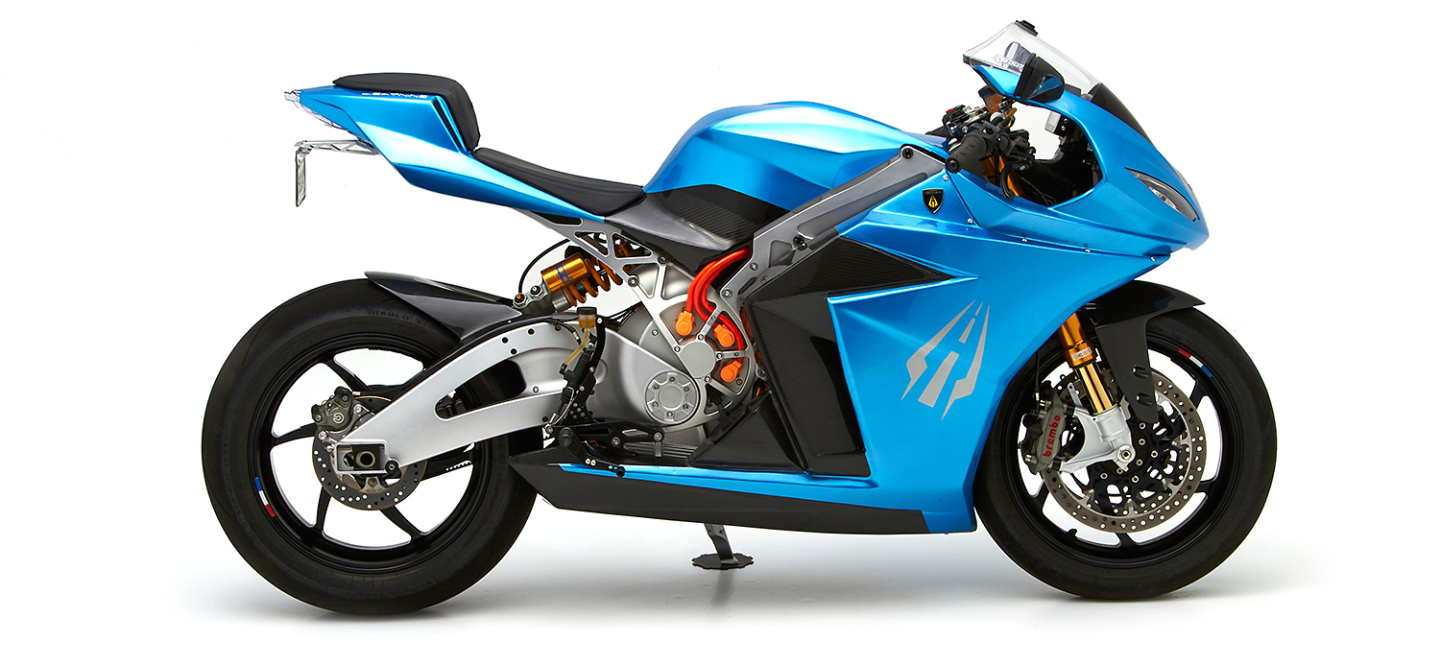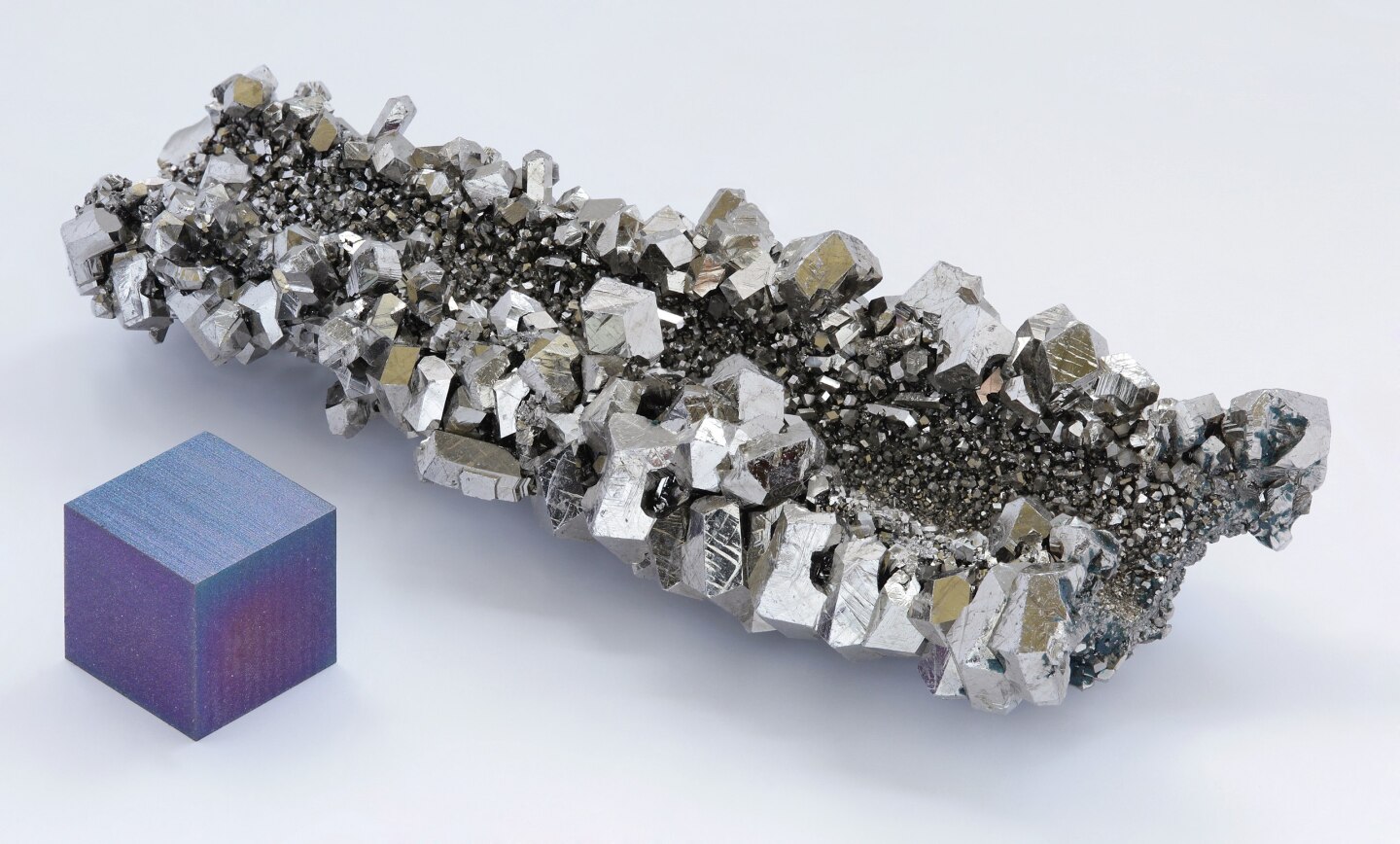Lightning Motorcycles once had the fastest motorcycle you could buy in its barnstorming electric LS218, a ride on which remains to this day a solid top-ten highlight in my four and a half decades on this planet. The 218 mph (351 km/h) run that gave the bike its name was achieved in 2012 with a relatively stock bike, barring high-speed gearing and an aerodynamic fairing, at the Bonneville salt flats.
Then in 2016, Kawasaki put supersport racer Kenan Sufuoglu on its supercharged H2R, and made a video of him riding across a Turkish bridge, with the speedometer on the dash reading 400 km/h (249 mph). It wasn’t a street-legal bike, and it wasn’t an official record; there was no oversight or independent verification, and it’s certainly not that hard to get a speedo to read whatever you like. Indeed, the fastest official time we could find was a 209.442 mph (337.064 km/h) Bonneville run by Kawasaki’s Team 38 in 2018, albeit aboard the street-legal H2 bike without any high-speed fairings.
To combustion bike fans, it didn’t matter. Gasoline was still faster than electric. So founder Richard Hatfield and the Lightning team are planning to go back to Bonneville with a new bike, and 250 mph (402 km/h) in their sights.
“Getting over 400 km/h,” Hatfield tells us, “if we have the right conditions, it’s doable. The last couple of times we went out, the salt was just not good. It was soft, and we had a lot of wheelspin. This last year, everyone I talked to came back saying the salt was the best it’s been in a really long time. So that’s encouraging.”

Lightning Motorcycles
Rather than using the LS-218 again, the bike this time will be a version of Lightning’s Strike. “We actually have two different motors in the Strike right now,” says Hatfield, “an induction motor and an axial flux motor. The axial flux motor’s derived from Formula E, and it’s really capable of a lot. The bottleneck on it is packing up a big enough controller, inverter and a battery pack that can keep up with all of it.” Could it make something like the 300-odd horses the H2R claims? Hatfield smiles. “You know, we’re certainly capable of making that power.”
“It’ll basically be a Strike,” he continues, “with a Bonneville fairing, same size battery with higher power, lower energy cells, and a more powerful inverter. The inverter and battery can become options for people who want to buy Strikes and do this kind of thing with them.”
The bikes will also start to include quite a bit of exotic niobium metal, thanks to a partnership with Brazilian company CBMM, the world’s leading niobium producer. “It’s a really interesting material,” says Hatfield. “When you alloy it with other metals it makes the grain structure a lot more uniform and a lot more fine. That does a few things: one, it makes the metal tougher and less likely to crack. Two, it also makes the magnetic properties more efficient.”

Lightning started using niobium in capacitors and a high-powered charger. “In the inductors in our charger, it reduces the temperature by over 30 percent. We were able to take about 20 pounds (9 kg) out of our charger and make the same power,” says Hatfield. “It also increases the magnetic properties in motors, and they’re using it in batteries too.” Beyond the electrical components, Hatfield says the frame and brakes will use niobium-alloyed steel for added strength.
Lightning is calling on an old friend for the Bonneville fairings. Mike Corbin is best known for his aftermarket motorcycle saddles, but back in the 1970s, he was every bit of an electric motorcycle pioneer. Not only did he have the first road-registered electric motorcycle in America back in 1972, he also set a land speed record for electric motorcycles in 1974 that stood for a ridiculous 38 years, before Lightning finally felled it with the LS218. Corbin couldn’t even go and try to break it himself, because the “Quicksilver” bike he made the run on was built around US$100,000 worth of silver Corbin “borrowed” from a US Navy vault, and he had to recycle the batteries and put it back after the run.
Lightning is actually operating under Corbin’s sizeable roof at the moment, having lost its large San Jose facility and its Chinese factory through the early part of the Covid pandemic. So Corbin and the Lightning team have been working on the land-speed Strike’s Bonneville fairing together.

Lightning Motorcycles
“We’re trying to do some things differently to what anyone else has done,” says Hatfield. “Typically, the partial streamliners have streamlining through the nose and back to the tail. They’re pretty consistent. But we’ve done a lot of things with the front fender, and just looking at the whole thing as an overall aero shape. I think we’ve been able to push the limit a little further than anyone has yet. I really think it’s a step forward.”
The team is shooting for this year’s season at Bonneville, which will run from somewhere around the end of August into October. Seasoned land-speed campaigner Joe Amo will be riding; he’s already seen what 270 mph looks like on a partial streamliner. “I don’t think anyone’s gone faster than Joe at Bonneville,” says Hatfield.
So Lightning has its work cut out over the next few months. With a post-lockdown staff of just around a dozen, down from 30 pre-pandemic, the company is also paddling hard to get customer bikes built. “We have a core group that’s really focused on the mission,” says Hatfield. “There’s a big demand for the bikes. We don’t release exact numbers for production, but it’s not what we’d like it to be. We get a lot more requests for the bikes than what we’re able to fill at the moment.”

Loz Blain/New Atlas
It’s hardly surprising; riding Lightning’s LS218 was a “this changes everything” moment for me, and I’d imagine just about anyone else who’s had a chance to see what demons lurk at the throttle stop on that thing. “We still use the video of you riding up Skyline on our bike in presentations,” says Hatfield. “Nobody has been able to communicate better than you did what that feels like. Everyone just gets an ear-to-ear grin when they see that. So there’s a standing invitation, whenever you’re able to travel back over here, to come and see what a 300-horsepower electric feels like.”
I’ll be keeping an eye out for a set of underpants brown enough for the occasion. Our LS-218 review video is embedded below.
Review: Lightning LS218 – the world’s fastest superbike is electric
Source: Lightning Motorcycles / CBMM
Source of Article